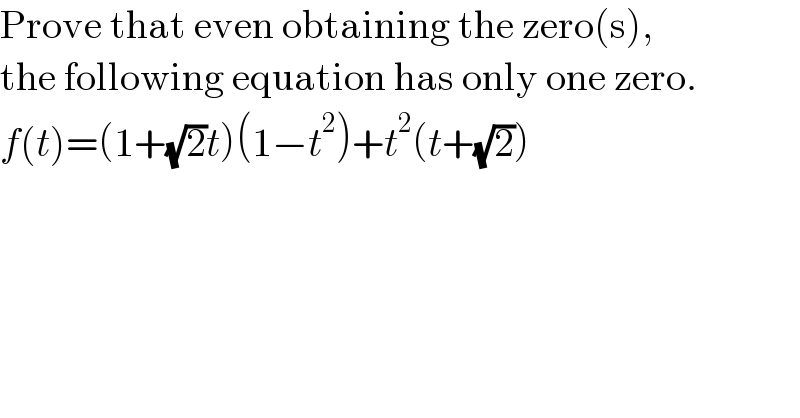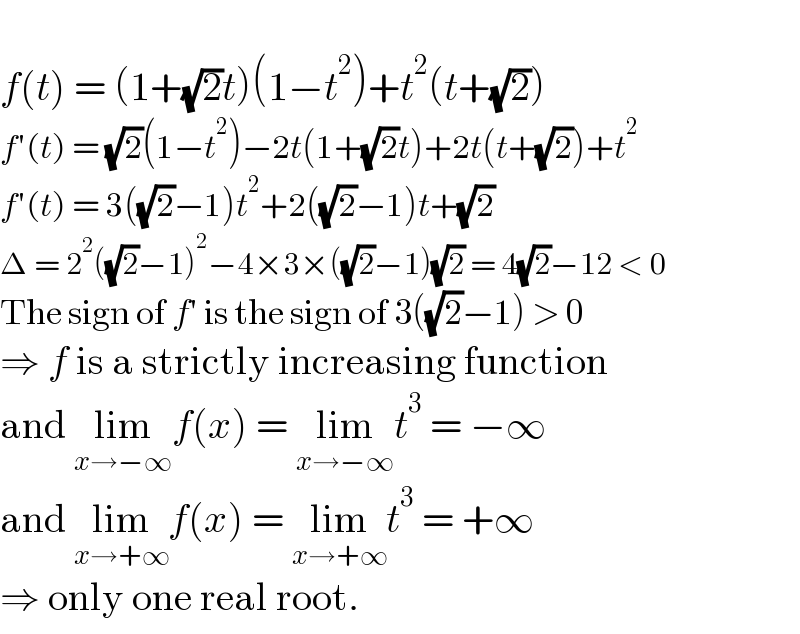
Question and Answers Forum
Question Number 128896 by ZiYangLee last updated on 11/Jan/21

Answered by Olaf last updated on 11/Jan/21

| ||
Question and Answers Forum | ||
Question Number 128896 by ZiYangLee last updated on 11/Jan/21 | ||
 | ||
Answered by Olaf last updated on 11/Jan/21 | ||
 | ||
| ||